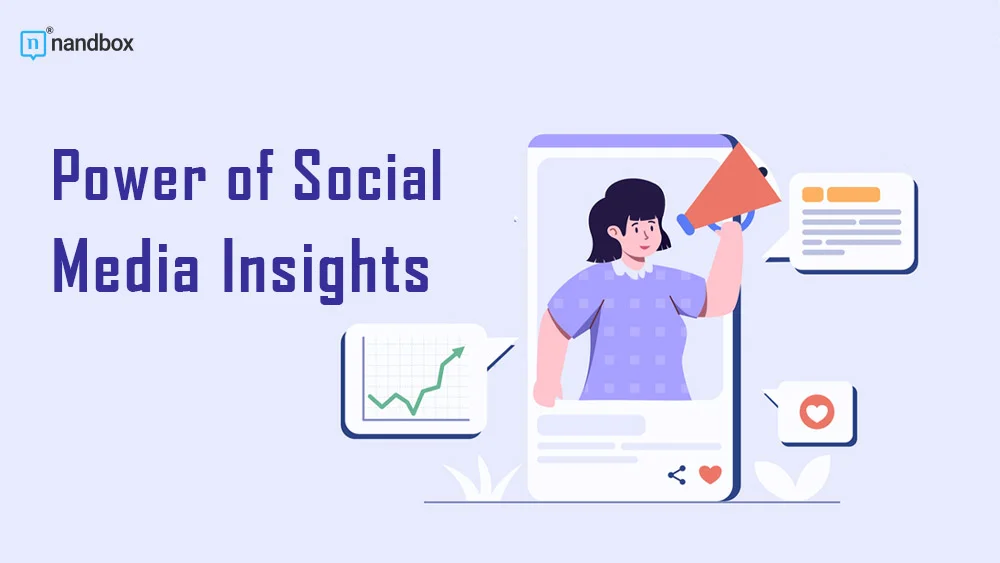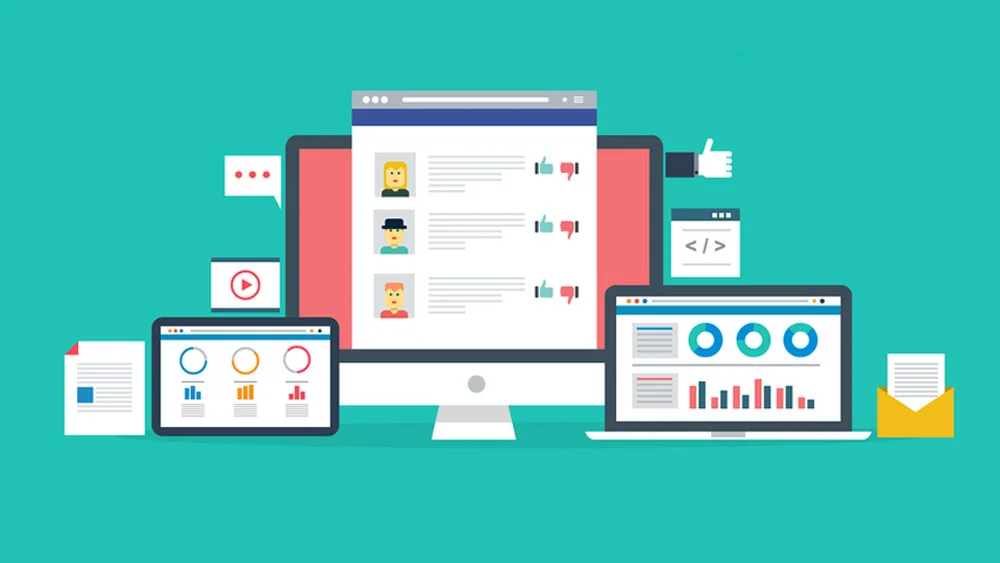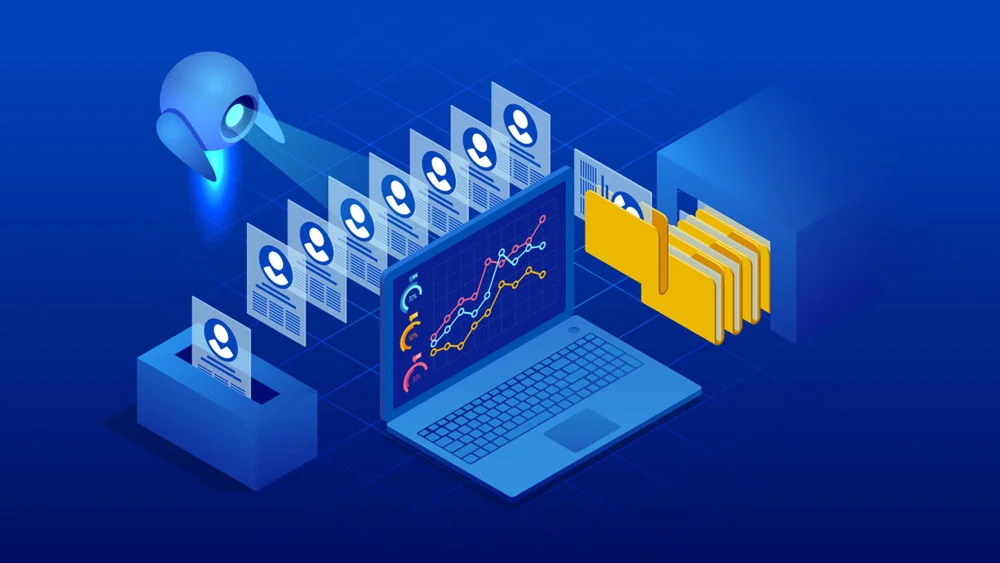Social media emerged as a personal networking platform in a few years and became a powerful tactic for digital businesses in 2024. The transition from simple to highly advanced functionality has been essential for companies to understand audience demand, the latest market trends, and overall brand perception on the digital horizon. Social media platforms, which are mostly used for entertainment purposes and social networking have become major participants in today’s era and have become a treasure trove of data and user feedback. By utilizing their influencing power, businesses can prepare strategies, effectively implement and reach their audience within seconds. No one can neglect the power of these platforms in today’s world. In this context, I aim to provide you with the role of social listening in analyzing the data and also highlight the power of social media insights after utilizing the Social Listening Report Template in 2024.
The Ultimate Social Listening Report Template
The Ultimate Social Listening Report Template is a trending and very useful tool for modern marketing professionals and experts. It is easy to use but also provides data that is capable of monitoring the complex metrics of social media. Additionally, it helps businesses track, analyze, and respond to these conversations & discussions according to the sentiments and latest market trends.
Salient Features of Using Social Listening Report Template
Ease of Use: Simple for all levels of expertise.
In-Depth Metrics: Tracks complex social media data.
Sentiment Analysis: Understands public sentiment.
Real-Time Monitoring: Keeps you updated on conversations.
Trend Insights: Highlights market trends.
Actionable data helps you craft effective responses.
Customization: Tailor it to your specific needs.
Pros and Cons of Using Social Listening Report Template
Pros:
Streamlined Data Collection: Organizing and collecting data from social media
Consistent Analysis Framework: It provides you with consistent analysis, which helps you define your brand strategies
Enhanced Decision-Making: You are capable of making informed decisions in line with your audience’s preferences
Competitive Analysis: Competitive analysis allows you to identify opportunities and differentiation for your business.
Cons:
Potential for Overgeneralization: The tool works using a generalized approach. It might be overlooked the insights that are useful for your business
Requires Constant Updating: The emerging technologies demand constant updating of the templates and revisions on time.
Data Overload: The size of the data is large, and it might affect the decision-making process.
Skill and Resource Investment: Effective use requires analytical skills and may increase operational costs.
Understanding Social Listening
In today’s business realm, staying updated and informed is vital and for this, social listening is a game-changing strategy. There are two key components of social listening:
Monitoring Social Media Platforms
In the first step, observe social media closely for brand mentions, competitor’s activities, and the latest trends on the market. This data helps you make an informed decision and also align your strategies according to the market trend, so you can easily learn what is happening in the market.
Understanding Public Sentiment
The second and most important element is to judge public sentiments and analyze the emotions and opinions behind them. Are your customers praising your product? Are they satisfied with your services? You can quickly address the problems that your customers are facing and obtain these answers with ease. In the end, it will assist you in expanding your web presence and business.
Andrei, CEO of DontPayFull our priority focus is on public sentiments because they inform us not just about what people are saying but also how they feel, providing a clear picture of consumer desires and concerns.
By understanding these two key components of social listening, you’ll not only stay informed but also gain a competitive edge in the ever-evolving business world.
Utilizing the Social Listening Report Template
The Social Listening Report Template is a valuable tool for understanding and interpreting social media insights.
Setting Up Alerts
First, the fundamental step is to set up the alerts. These alerts consistently monitor social media for your desired keywords, which are vital for your brand and industry. These alerts identify terms related to your brand and capture real-time data, which ultimately helps you understand recent market trends or potential crises. By establishing alerts for targeted keywords, we not only keep our finger on the pulse of the current market trends but also gain the ability to swiftly identify and respond to potential crises – Dr. Thanu Jey, Founder of MediBrace.
This proactive approach ensures that you are always updated about your brand and allows you to stay one step ahead of your competitors.
Categorizing Data
Next, categorizing this data is important for analysis. For efficient analysis, you need to divide the data into different categories, such as positive and negative categories, By doing this, you can easily save data with better management, said Darren Graham, Company Director of 408 Media Group.
Additionally, categorizing helps track the effectiveness of marketing campaigns and PR initiatives by directly correlating them with shifts in public sentiment.
Analyzing and Making Sense of Data
Finally, analyzing and interpreting this categorized data is the key to achieving success in the online world. You can easily crack the questions of consumers and also know what people are thinking about your brand. What are their underlying sentiments?
All these questions can be easily answered by analyzing the data effectively and correctly. This allows you to have deeper insights into your brand reputation and market position
Steps for Analyzing Data
To analyze the data correctly, follow these four steps:
Categorize Data
In the first step, you have to categorize data according to your requirements. Categorization is also helping you sort the data according to your products. Similarly, you can find any query with a click because of the proper categorization of your data.
Identify Key Questions and Sentiments
Next, you have to thoroughly check the sentiments for your brand, such as positive, negative, and neutral. Also, identify the most-asked questions. Also, find the keywords that are highly searched by your target audience.
Start Deep Analysis
After identifying the questions and sentences, go deep into the data to uncover the latest trends and check for demographic differences and feedback to reach a certain decision.
Formulate Actionable Strategies
In the last step, start formulating strategies, make decisions, and adopt the latest trends, which ultimately increase the brand’s appearance.
Presenting Your Findings
Effective communication of your findings is important to comprehend the complex data in easy terms. You can transform dense data into clear visuals that only highlight the key insights.
The best examples are the charts to represent the data. You can use a pie chart for sentiment breakdown and line graphs for tracking your progress over time. By carefully tailoring your presentation to your audience’s needs and preferences and highlighting the most important insights in a clear and structured format, you can ensure that your findings are not only noticed but also understood and appreciated.
Adapting Strategies Based on Insights
After presenting your findings, it’s time to adopt the strategies that are useful for your business. You can refine your marketing strategy, change communication tactics and align your business according to customer needs.
According to Dmitriy Shelepin, CEO at Miromind, report insights not only reshape your marketing but are also responsible for strong relations with your audience, ultimately providing you with sustained success and growth.
Challenges in Social Listening
Privacy Concerns
Privacy is the major concern of any audience. You can provide clear information about your business privacy policy. This is a major challenge in the digital world.
Data Accuracy
Another challenge is data accuracy. When you are handling a large amount of data. Data accuracy is important on the digital horizon.
Ethical Use of Insights
Another challenge is the ethical use of data. Your business might struggle because of any kind of data breach.
Maintaining Consumer Trust
Building trust is difficult; you need to be sincere while engaging with your target audience. Provide him with accurate data instead of misleading him.
Businesses can mitigate these challenges accurately by effectively utilizing social listening in true spirit, shining in the online realm and also maintaining the trust of the audience
Future of Social Listening: AI and Predictive Analytics
Emerging trends like AI-driven sentiment analysis and predictive analytics are shaping the future of social listening. Now it’s very easy to use these futuristic tools for social listening. You can assess market trends and audience sentiments and even engage with your consumers with just one click. AI and predictive analytics will change the way we interpret social media data, turning noise into actionable foresight, says Adam Hardingham, CEO of Rivmedia.
Similarly, you can suggest suitable products according to the requirements and increase sales by utilizing these tactics carefully.
Conclusion
In a nutshell, effective social listening in 2024 requires a careful blend of monitoring, analysis, and adaptive strategies. By utilizing the Social Listening Report Template and embracing these practices, you position your brand to harness the full power of social media insights, ensuring relevance and success in a rapidly changing digital landscape.








